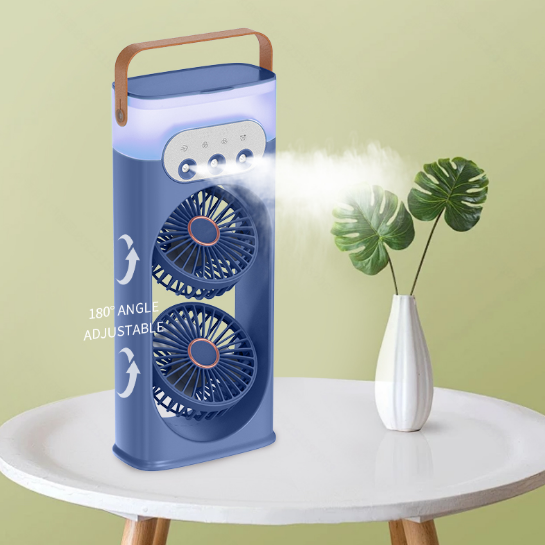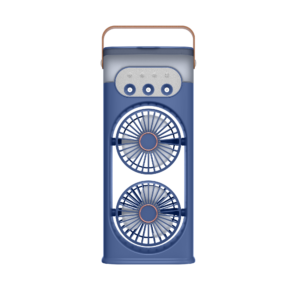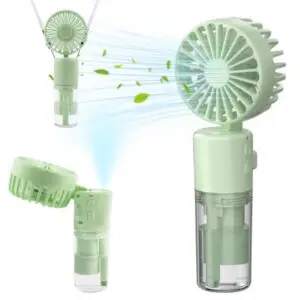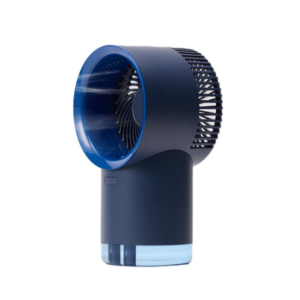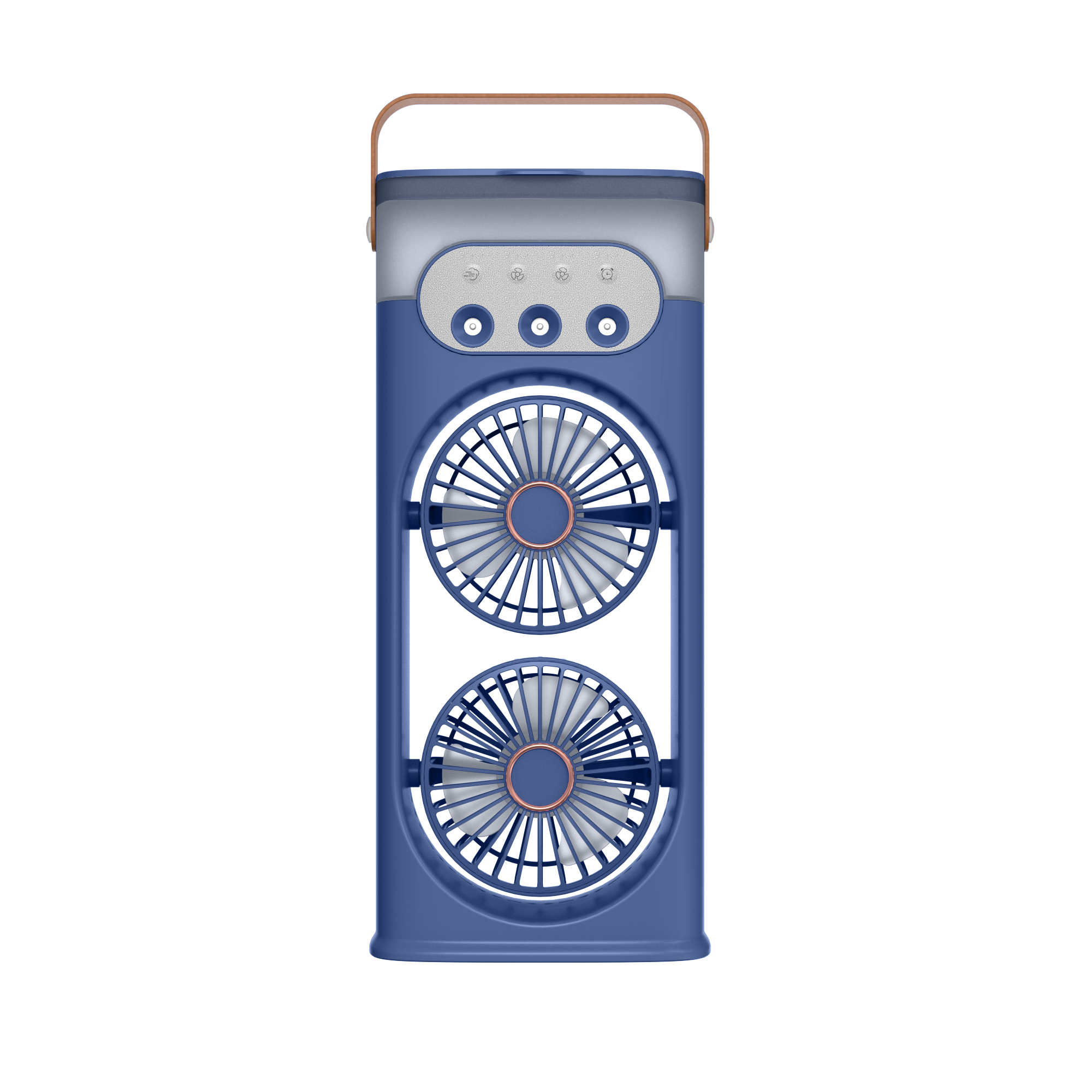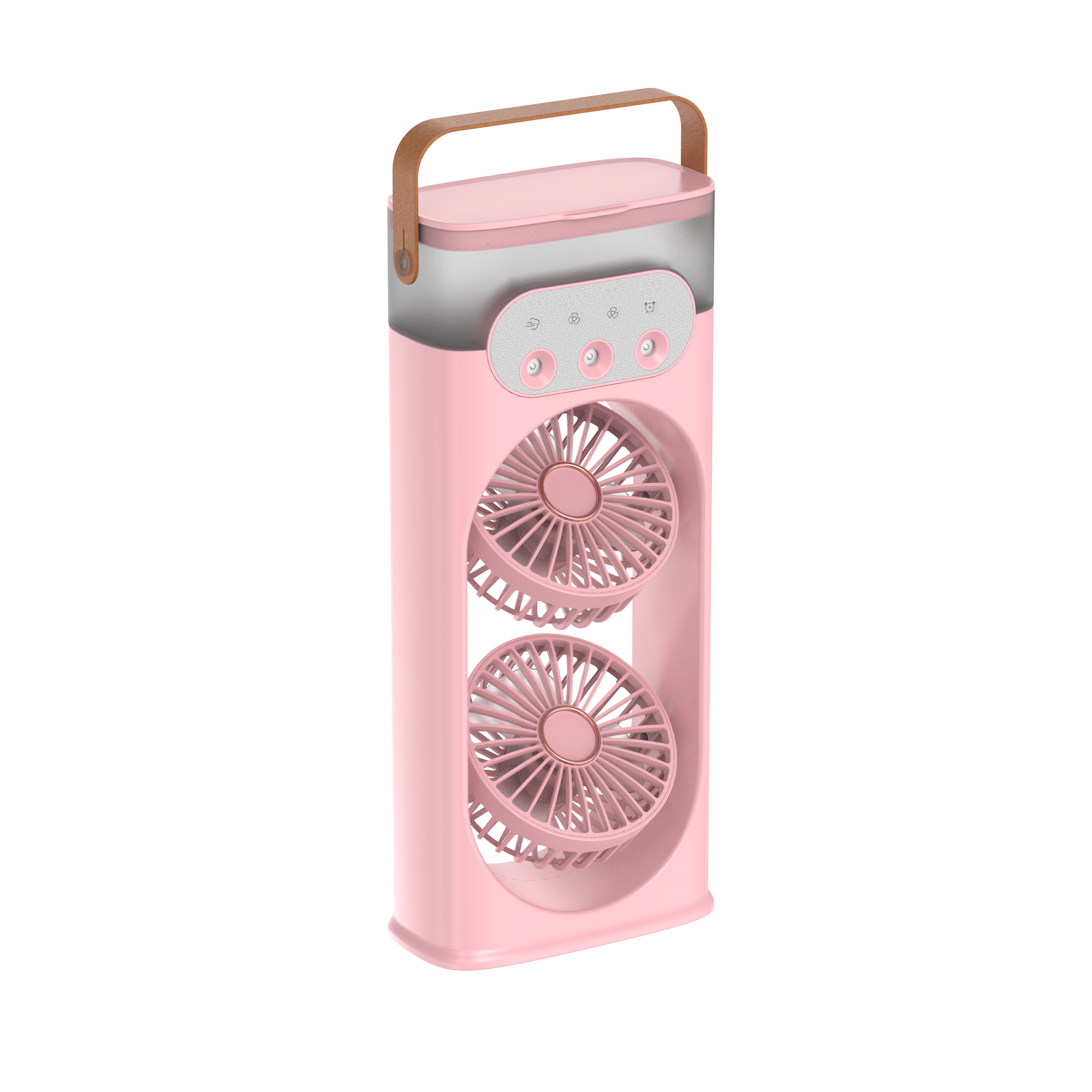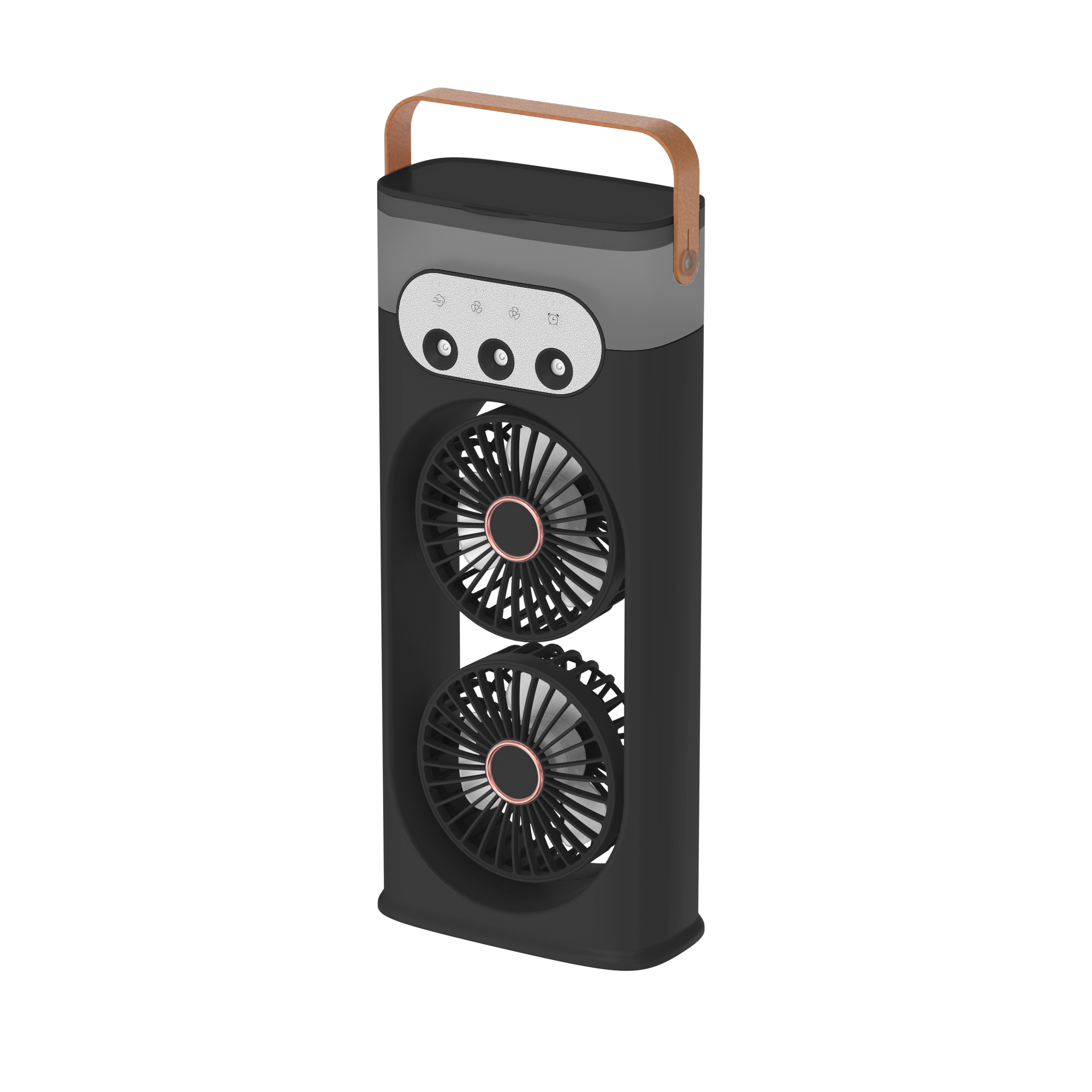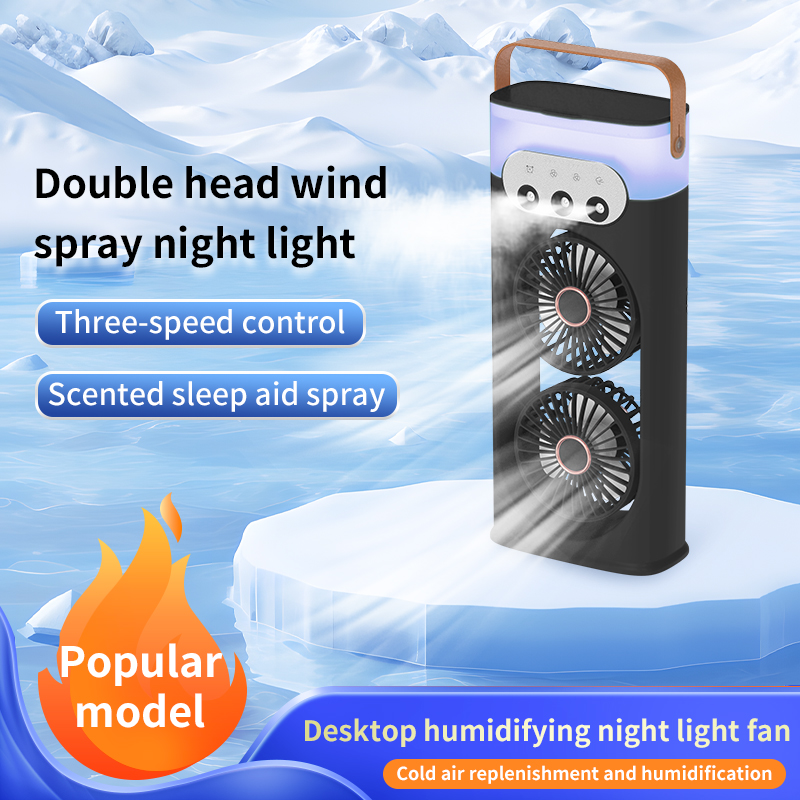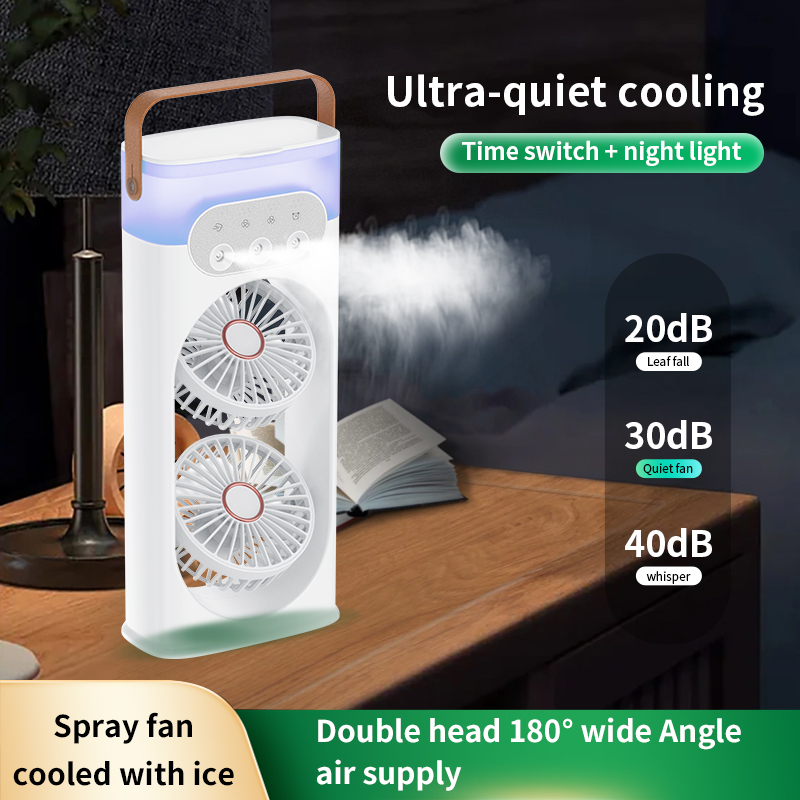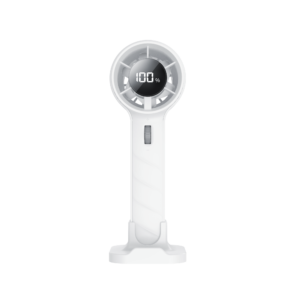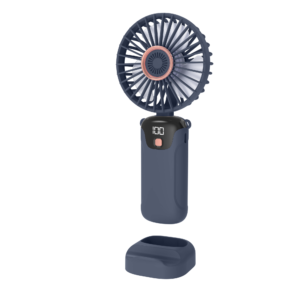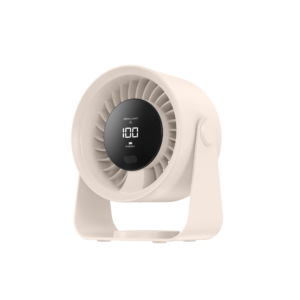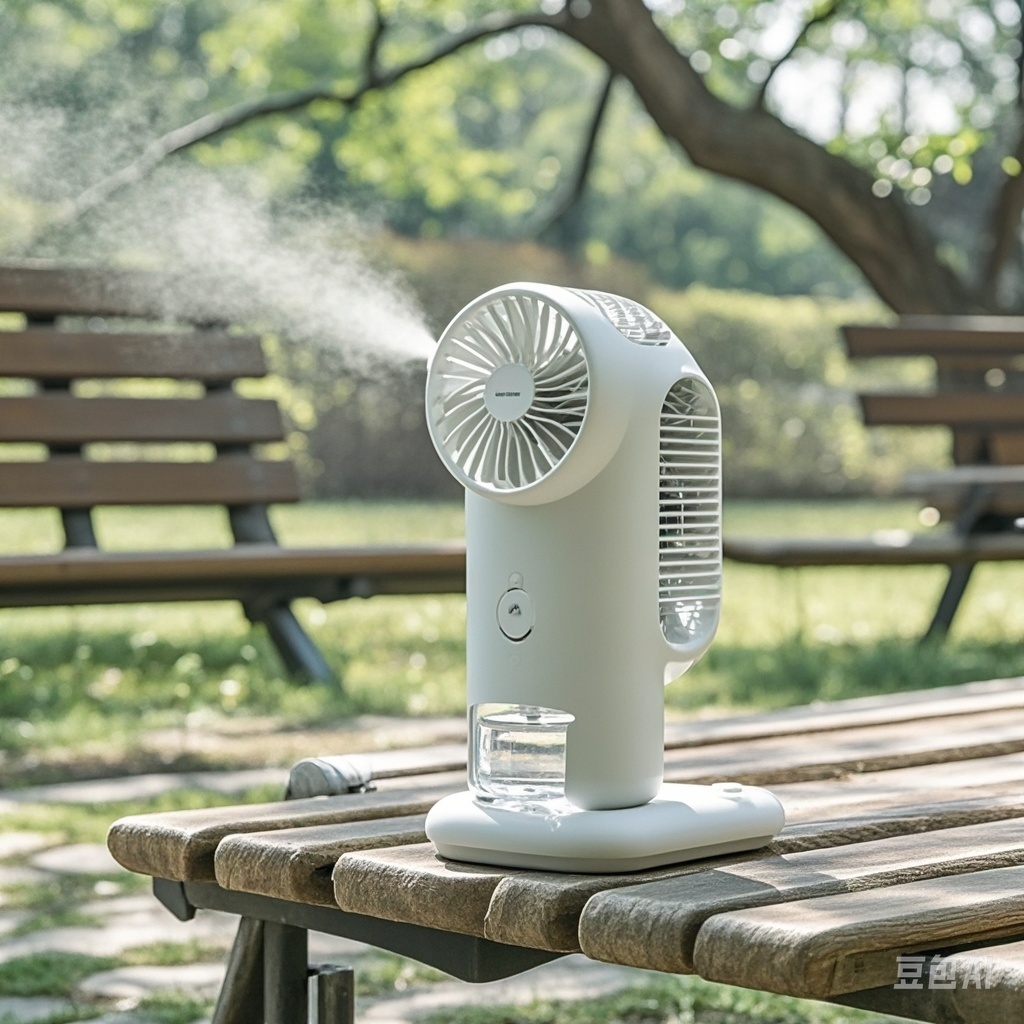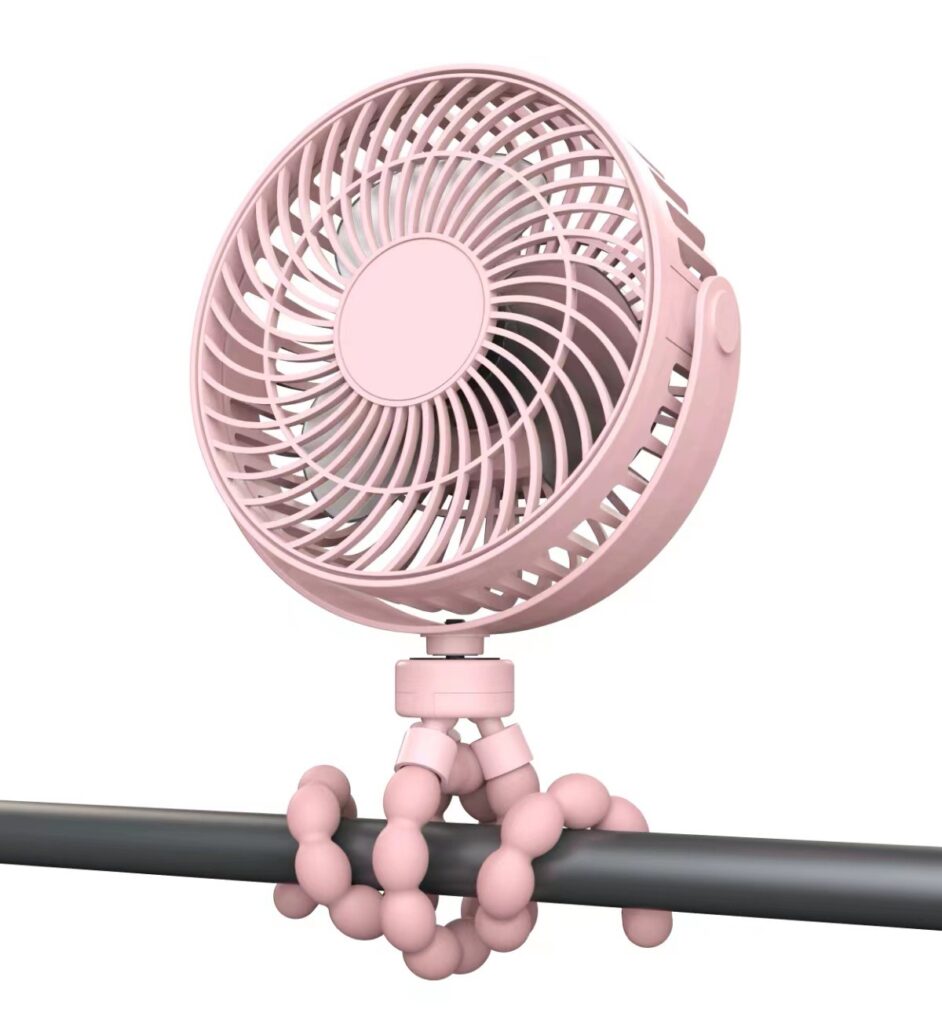I. Introduction to Fan and Mist Fan
Definition and Usage of a Fan
The word “fan” in English has multiple meanings, such as a handheld fan or an electric fan. Typically, an electric fan is a device that generates airflow by rotating blades driven by a motor. Its main purpose is to provide a cooling effect during hot weather. Fans are widely used in homes, offices, and commercial settings. For example, in homes, standing fans or table fans can create a comfortable environment in the summer, while in offices, ceiling fans or small desktop fans help alleviate heat and improve work efficiency.
Definition and Usage of a Mist Fan
A mist fan combines the functions of both a fan and a misting system. It works by atomizing water into tiny droplets, which are then dispersed with the airflow generated by the fan. The primary use of a mist fan is not only to provide cooling but also to lower the surrounding temperature through the evaporation of the mist. Mist fans also increase humidity, making them ideal for dry environments. For instance, in outdoor restaurants, gardens, and amusement parks, mist fans offer a more comfortable environment. In industrial settings, mist fans can be used to cool and reduce dust, improving the quality of the work environment.
In summary, while both fan and mist fan have cooling functions, mist fans provide a more significant cooling effect and increase humidity due to their misting feature.
II. Fundamental Differences Between Fan and Mist Fan
(1) Difference in Operating Principle
The working principle of a fan is relatively simple. It uses a motor to rotate blades, which accelerate the airflow and create wind. As the fan operates, the rotating blades push the surrounding air to form a breeze, which helps remove heat from the body, making people feel cooler. Common types of fans, like desk fans and standing fans, work based on this principle.
The working principle of a mist fan is more complex. In addition to the fan component, it includes a misting system. The motor rotates the fan blades to generate airflow, while water is atomized into tiny droplets by high pressure, which are then dispersed with the airflow. These droplets quickly evaporate in the air, absorbing heat from the surroundings and thus lowering the temperature. Research shows that during the evaporation process, water can absorb a substantial amount of heat—about 2.43 kJ of heat for every gram of water evaporated. This makes mist fans more effective at cooling than regular fans.
(2) Difference in Suitable Environments
Fans are suitable for a variety of general environments. In homes, whether in the bedroom, living room, or study, fans provide comfortable ventilation. In offices, fans help reduce heat and improve work efficiency. Fans are also commonly used in public places such as schools and shopping malls to enhance air circulation.
In contrast, mist fans are more appropriate for hot and dry environments. In outdoor spaces like open-air restaurants, gardens, and amusement parks, mist fans not only provide cooling but also increase humidity, making the atmosphere more comfortable. In industrial settings such as workshops and construction sites, mist fans can be used for cooling and dust reduction, improving the work environment. For example, in high-temperature factory workshops, mist fans can lower the temperature by several degrees, improve worker comfort, and reduce dust, protecting worker health.
In conclusion, fan and mist fan differ significantly in both operating principles and ideal usage environments. Consumers should choose the appropriate device based on their specific needs.
III. Performance Comparison Between Fan and Mist Fan
(1) Comparison of Cooling Effect
Mist fans offer a more significant cooling effect than regular fans. Ordinary fans mainly cool by increasing airflow to remove heat from the body, which has limited effectiveness. On the other hand, mist fans enhance cooling by introducing atomized water particles that evaporate and absorb heat from the environment. Data shows that for every gram of water evaporated, about 2.43 kJ of heat is absorbed, allowing mist fans to lower the ambient temperature more effectively. For instance, in outdoor dining areas during hot weather, mist fans can reduce the temperature by several degrees, creating a more comfortable dining experience. In comparison, a regular fan in the same environment has a less noticeable cooling effect.
(2) Difference in Energy Consumption
Fan and mist fan also differ in terms of energy consumption. The energy consumption of a fan mainly depends on the motor’s power and the duration of use. Generally, a household fan has a relatively low power consumption. For example, a typical desk fan may have a power rating of just a few dozen watts, consuming a limited amount of electricity even when used for several hours.
Mist fans, however, consume more energy due to the added misting system. The misting device requires additional power to atomize water, and the fan still needs to operate. The exact difference in energy consumption will depend on the brand, model, and how the devices are used. In practice, if you only need mild cooling, a fan may be a more energy-efficient option. However, if you need enhanced cooling and humidity control, a mist fan, though it consumes more energy, provides a better user experience.
IV. Recommendations for Choosing Between Fan and Mist Fan
When choosing between a fan and a mist fan, the decision should be based on your specific needs and the environment.
If your primary requirement is simple air circulation and mild cooling, a fan is a great choice. For example, in everyday spaces like bedrooms or studies, a fan provides a comfortable breeze and meets basic ventilation needs. In office environments, fans help employees stay cool and improve productivity while keeping energy costs low.
For hot and dry environments, especially outdoor spaces like gardens, amusement parks, or open-air restaurants, a mist fan is more suitable. It not only provides cooling but also increases humidity, enhancing comfort. In industrial settings such as factories and construction sites, mist fans can be used for cooling and dust reduction, improving the work environment and protecting worker health.
For those concerned with energy consumption, a fan is undoubtedly the more energy-efficient choice when the cooling demands are minimal. For instance, a 50-watt desk fan running for 8 hours would only consume 0.4 kWh. On the other hand, mist fans, while consuming more energy due to the misting feature, provide superior cooling and humidity control.
In conclusion, when choosing between a fan and a mist fan, it’s essential to consider your actual needs and environment. A fan is a better option if you want a simple and energy-saving cooling solution. However, if you’re looking for improved cooling and humidity in hot, dry environments, a mist fan is the better choice.

